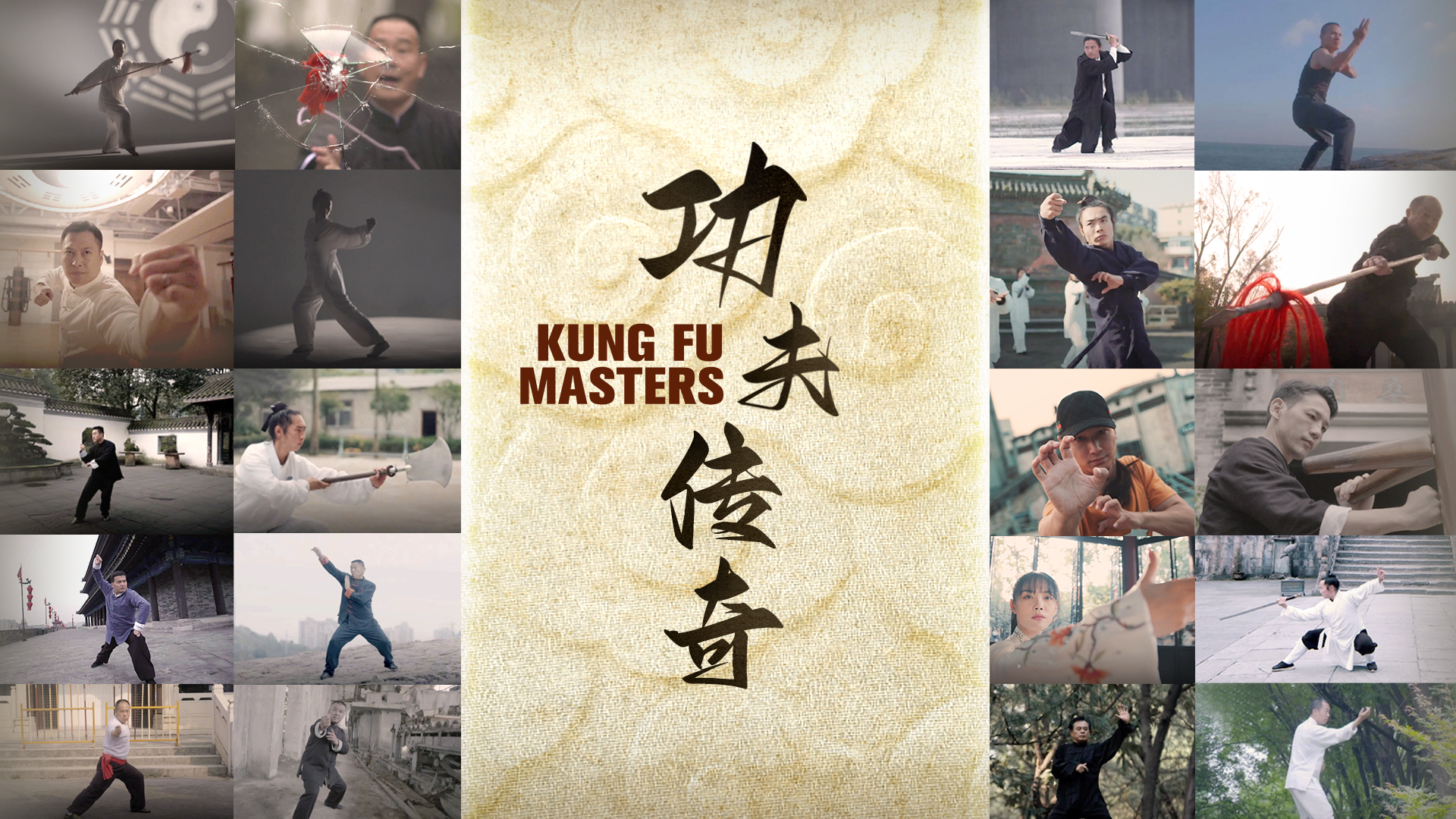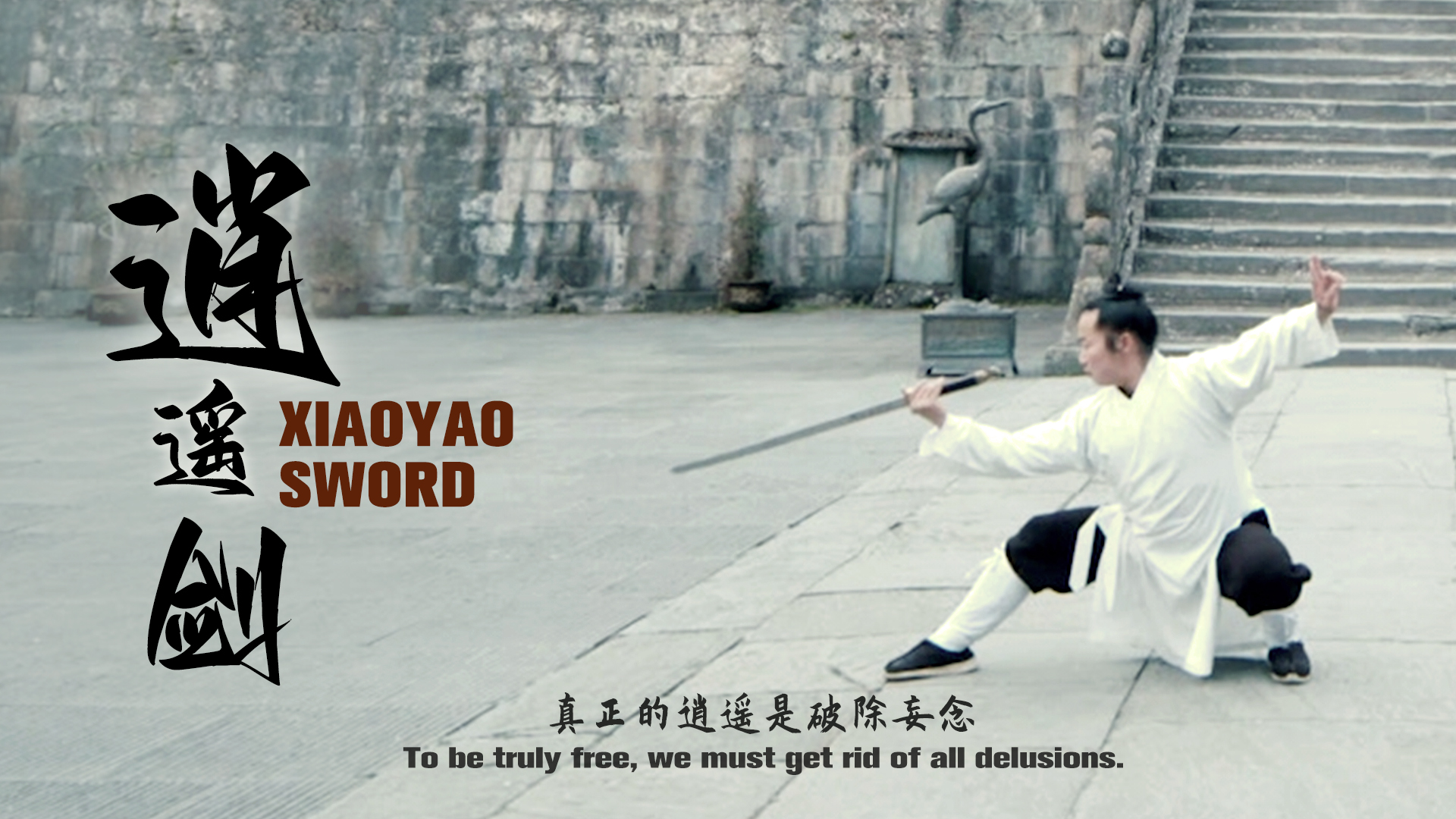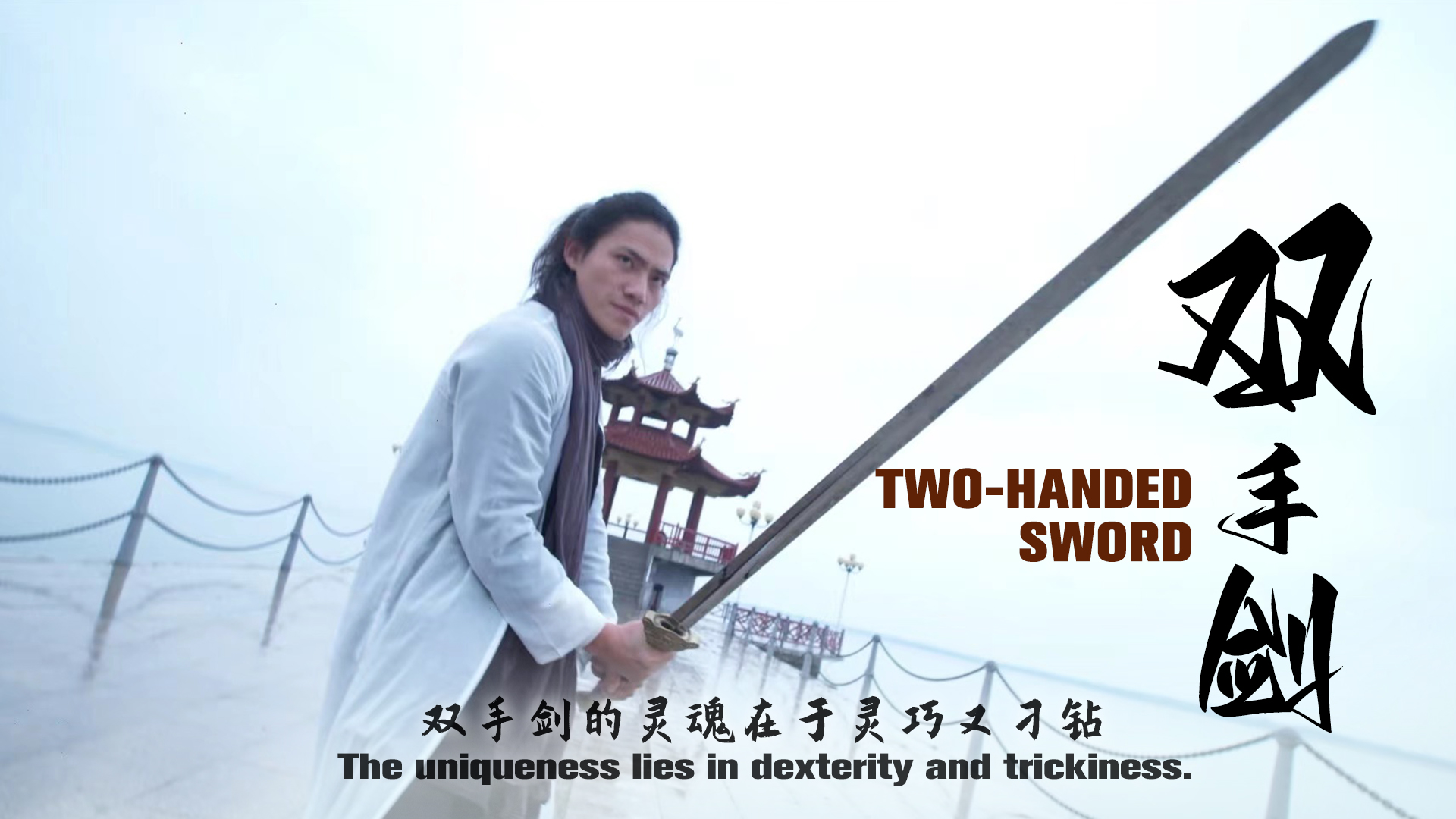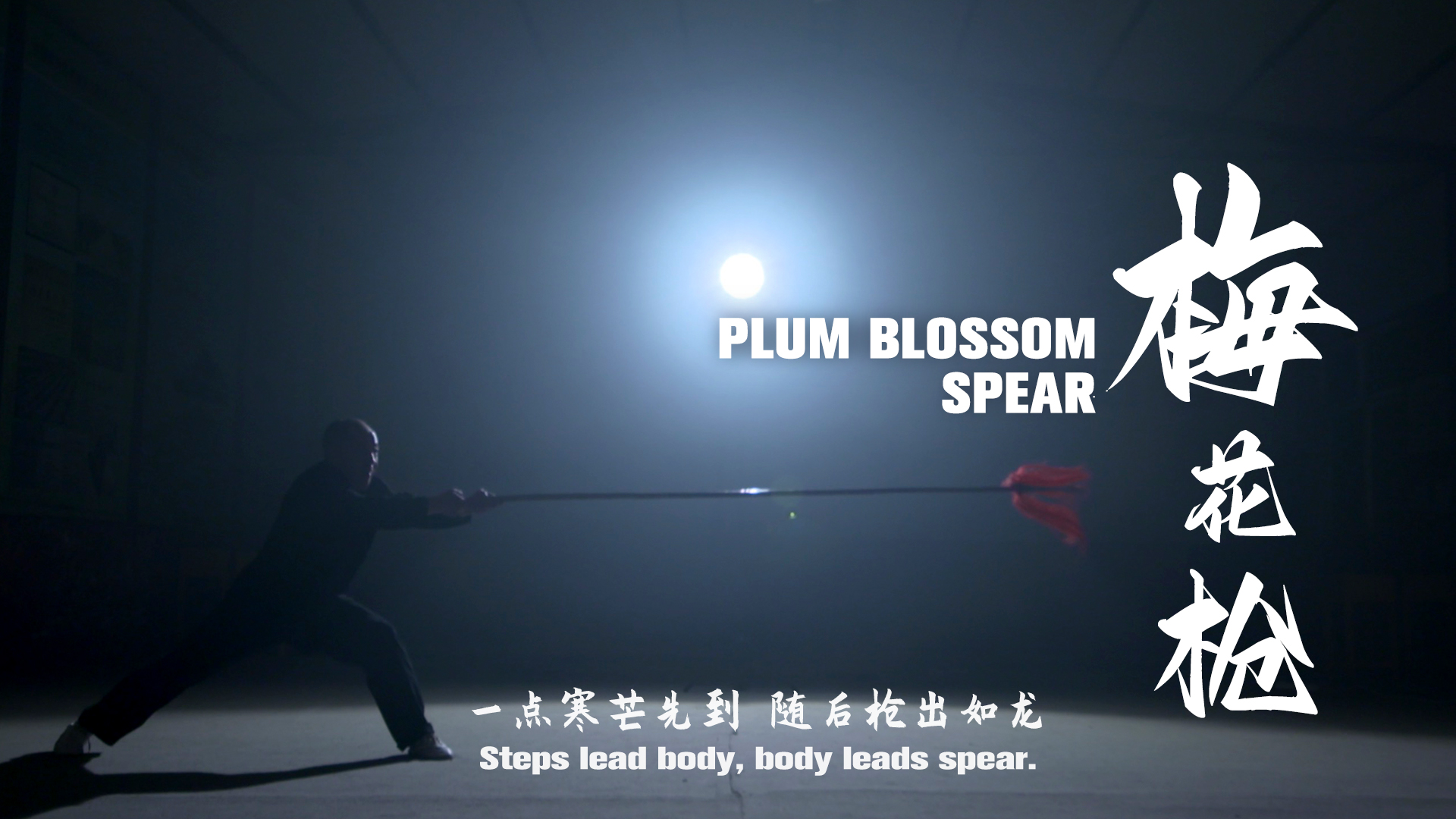01:12

Chinese kung fu, also called Wushu, has long been mysterious and popular overseas. It can be classified according to regions, origins and skill characteristics. Each form of kung fu has its own principles and techniques. CGTN presents "Kung Fu Masters" series Season 3 to display 20 forms of Chinese kung fu through the stories of 20 kung fu masters.
Xiaoyao Sword: Attack unexpectedly and strike at the weakest point

Xiaoyao Sword. /CGTN Photo
Xiaoyao Sword. /CGTN Photo
Xiaoyao Sword was derived from Wudang Xiaoyao Palm. The sword is an extension of the arm. One of the characteristics of Xiaoyao Sword is to attack at unexpected angles instead of relying solely on force. Most of the time, you circle your opponent and strike at an angle that is difficult to defend. The movements of your body, your feet, and your sword techniques must be equally effective.
Wing Chun defends and attacks simultaneously
Dong Chonghua is the second-generation inheritor of Ip Man's Wing Chun. Before learning Wing Chun, he often imitated Bruce Lee in his movies. He has dreamed of becoming a swordsman since he was young. Wing Chun is characterized by its quick arm movements. It is practical in close combat with bursts of power. It defends and attacks simultaneously.
Nanzhi Quan: Ferocity and force at every step
Nanzhi Quan is a traditional form of martial arts in south China's Guangdong Province. The fist must be strong. Ferocity and force are required at every step. It is listed as an intangible cultural heritage of Guangdong.
Two-Handed Sword: Its uniqueness lies in dexterity and trickiness

Two-Handed Sword. /CGTN Photo
Two-Handed Sword. /CGTN Photo
While wielding a two-handed sword, compared with other two-handed weapons, one's body must be more flexible. Its uniqueness lies in its dexterity and cunning.
Taiji Quan: Grace and elegance in stretching, like Chinese ink painting
The essence of Taiji Quan advocates moderation and restraint. It emphasizes smooth and decent moves. In terms of breathing, this should be deep, long, quiet and even. For strength, it should be loose, flexible, elastic and shaking. Taiji Quan features grace and elegance in stretching, just like Chinese ink painting.
Plum Blossom Spear: Steps lead the body, the body leads the spear

Plum Blossom Spear. /CGTN Photo
Plum Blossom Spear. /CGTN Photo
Plum Blossom Quan is an ancient Chinese martial art that originated in Pingxiang County, Xingtai City, north China's Hebei Province. Its representative weapon is the plum blossom spear. It requires sheer force at the tip of the spear and a smooth action. The body should be agile and the spear fast. The steps lead the body, and the body leads the spear.
Stay tuned with CGTN, let's explore the lives of Chinese Wushu practitioners and experience the charm of Chinese kung fu and the spirit behind it.

